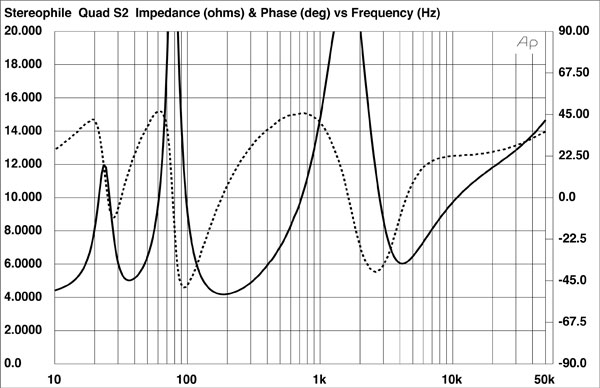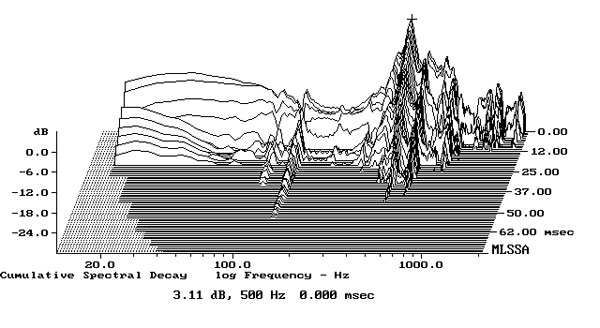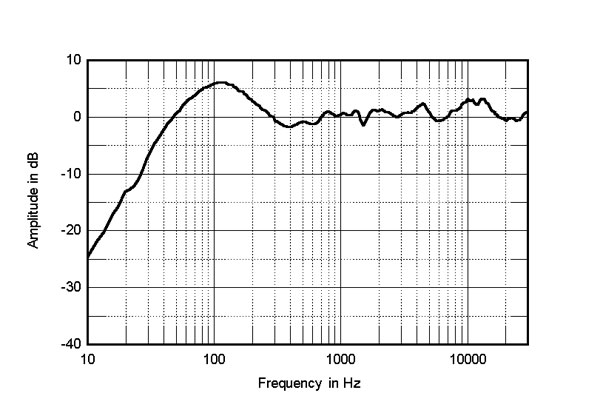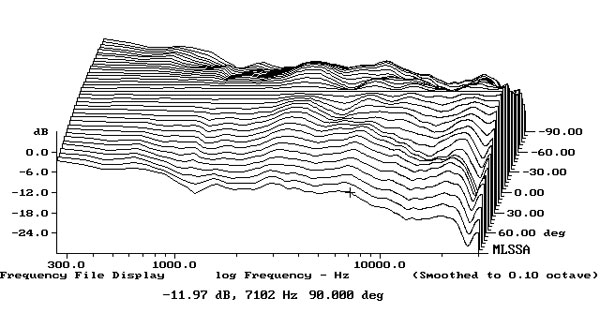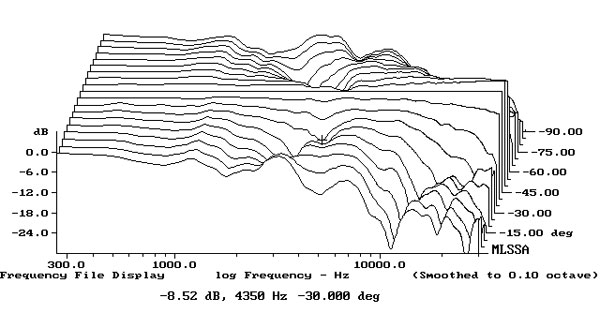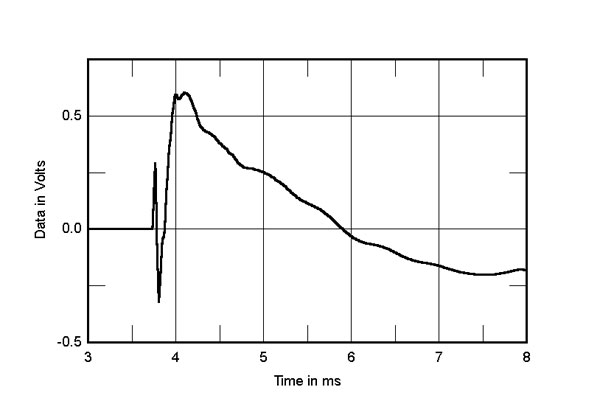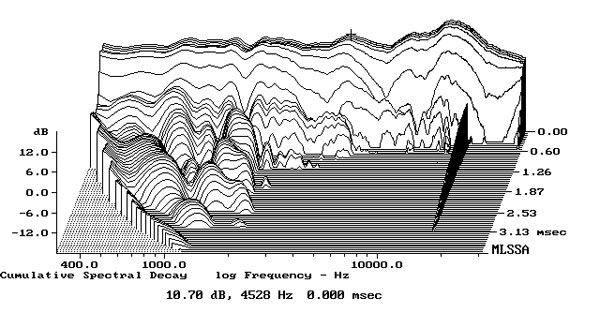| Columns Retired Columns & Blogs |
"Although the tweeter's output leads that of the woofer, their outputs meld relatively well, even if this graph does suggest that the optimal blend occurs just below the tweeter axis."
From the graph, how do you determine that the optimal blend is just below the tweeter axis? Thanks!
